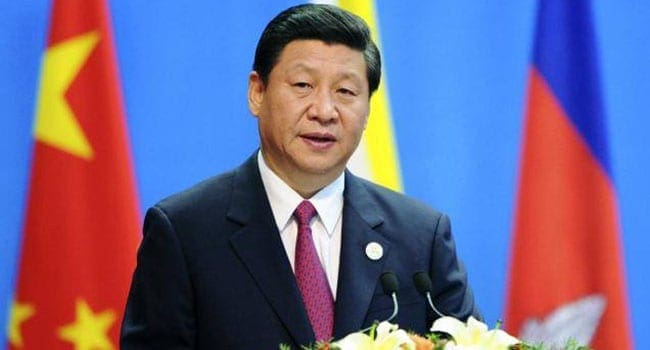 The pendulum of public attention is beginning to swing from getting through the pandemic to economic recovery. But recovery is not a simple process.
The pendulum of public attention is beginning to swing from getting through the pandemic to economic recovery. But recovery is not a simple process.
Governments and health authorities are planning or actually beginning to implement the gradual and much-awaited loosening of lockdown restrictions.
COVID-19 is nowhere near being vanquished and it will still be a while before we can safely plan conventions or cruises. More time is needed before we will see the vaccines and treatments that will make this virus just another disease.
However, our knowledge about the disease and how it’s transmitted is growing. The curves of disease occurrences and deaths are being flattened.
But what has also been flattened is the economy. Jobs and businesses are disappearing at a rate not seen in our lifetimes. In spite of rapid and generous government assistance, many businesses have even closed permanently.
We don’t want to trade our lives for our livelihoods. But can we now start to liberate businesses and think about how we can provide Canadians with the jobs and goods and services we took for granted only a few short months ago?
Why is there never time to do things right but always time to do them over?
With the virus and with lives at stake, we needed to act fast. The economic reopening can be a little bit more careful. The last thing we need is an instant removal of all restrictions followed by an almost instant resurgence of the disease.
With caution, the country can still get back to work. By maintaining some distancing and doing a bit more checking and cleaning, most stores and factories can begin to rehire staff and serve customers. Offices and professional practices can begin to relax their work-at-home orders, though some workers and firms may wish to continue e-working.
Overall, the Canadian economy has shown amazing adaptability and resilience during the COVID-19 emergency. With closed dining rooms, restaurants added their unused supplies of groceries and even toilet paper to takeout orders. Machines that use ultraviolet light to sterilize fruit have been adapted to sterilize and make N95 masks reusable.
But as we reopen the economy, we still have to deal with certain problems that emerged during the course of the crisis.
The problems revolved around supply – or rather the lack of it.
At the consumer level, empty shelves appeared at grocery stores and (worse yet) lack of stock in online outlets.
In factories, supply chains broke down as the providers of the needed inputs were unable to meet demands due to sick workers or their own closures.
The health-care sector was unable to meet its needs for personal protective equipment (PPE) such as masks and gowns.
Some shortages worsened when usual suppliers from outside Canada no longer shipped to us because they needed the supplies at home or for other reasons. The reliability and sometimes even the quality of these needed imports deteriorated.
These shortages have already led to demands for self-sufficiency. Those who support this view feel Canada shouldn’t be dependent on other countries, especially China, for essential items, although even the United States can let us down.
We should on-shore and make everything here, this thinking goes, so we won’t be left high and dry in urgent situations. Let’s pass some laws and put up barriers so we can produce everything we need here.
Alas, while such protectionist thinking would reduce our dependency, it would come at great cost. Protected firms, whether they’re making PPE or auto parts, have higher costs than the world price. If they didn’t, they would be operating here already.
Such firms often need taxpayer support. Because they’re protected from international competition, they reduce our standard of living by charging higher prices.
The lack of competition also means quality slips. Where else can customers go if they’re not happy?
There’s an alternative to being at the mercy of capricious suppliers like China or being restricted to high-priced, poor-quality protected domestic goods.
The solution is diversity. Just as it’s dangerous for a business to rely on one customer, traders shouldn’t rely on just one supplier.
Imports of any good or service should come from more than one country. Then we wouldn’t be left in the lurch should any one nation decide not to meet our needs for political or other reasons.
There would also be room for domestic suppliers that would produce to high standards because they face international competition.
Businesses, governments and countries need a variety of sources for essential and even nice-to-have products. As we reopen our economy, let’s not limit imports, but rather expand them by increasing the number and locations of our suppliers.
If, at the same time, we diversify Canada’s customers, we will see our economy quickly regain robust health.
Troy Media columnist Roslyn Kunin is a consulting economist and speaker.
The views, opinions and positions expressed by columnists and contributors are the author’s alone. They do not inherently or expressly reflect the views, opinions and/or positions of our publication.

